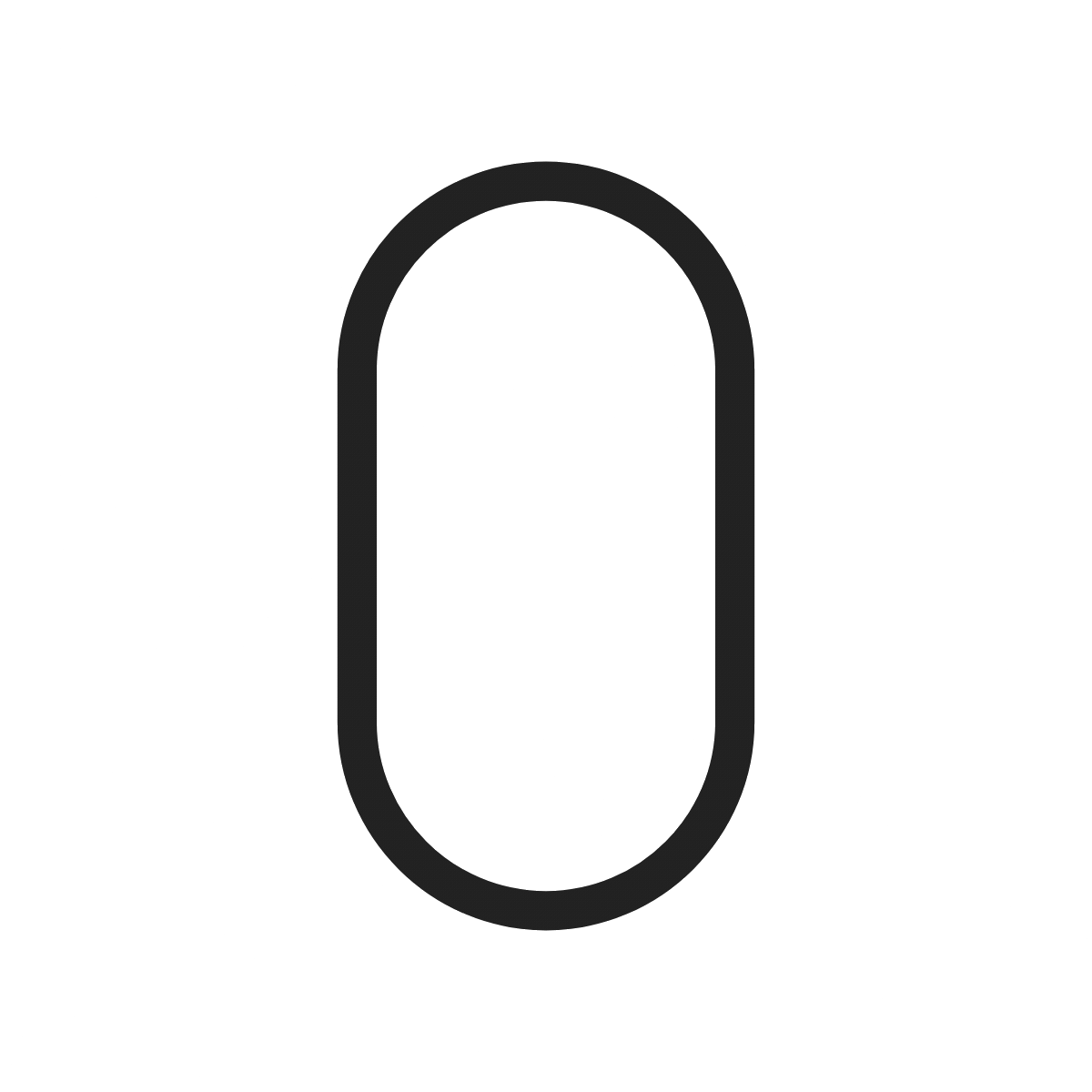
All
- All
- Project
- Exploration
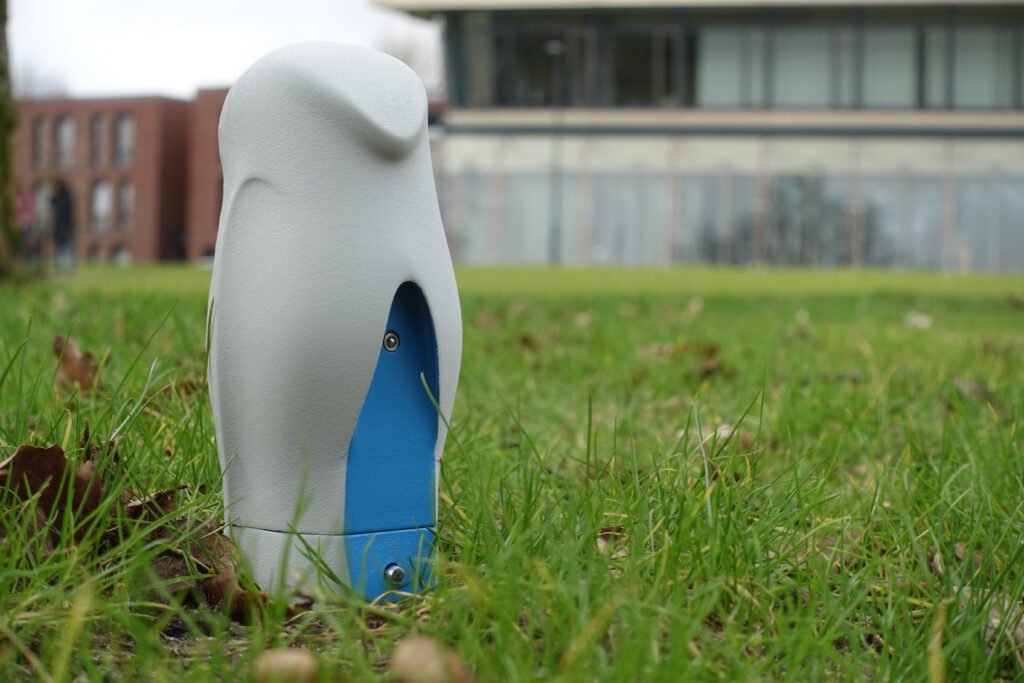
MSc Graduation Project
Citizen science measuring instrument
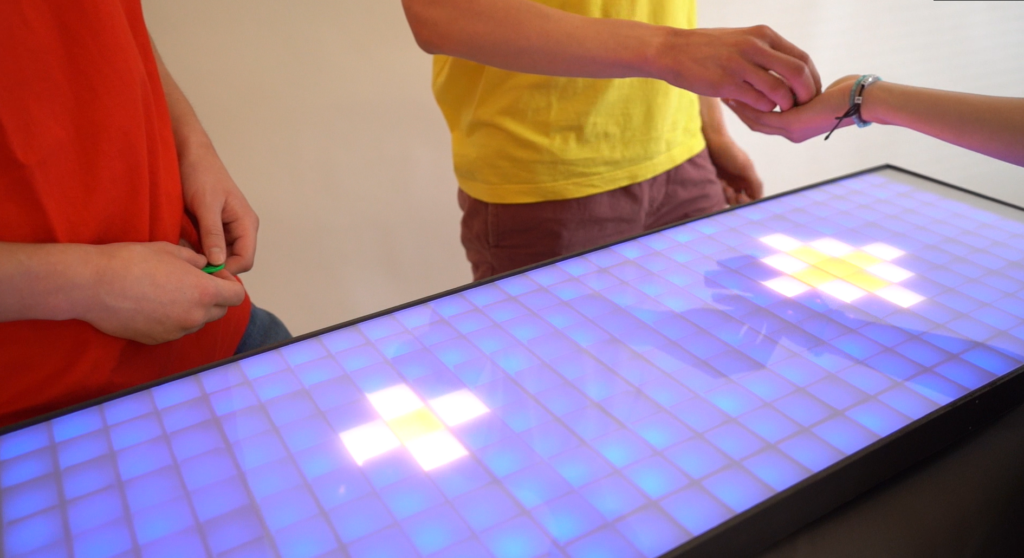
FairQ
Interactive bar counter visualizing waiting queues
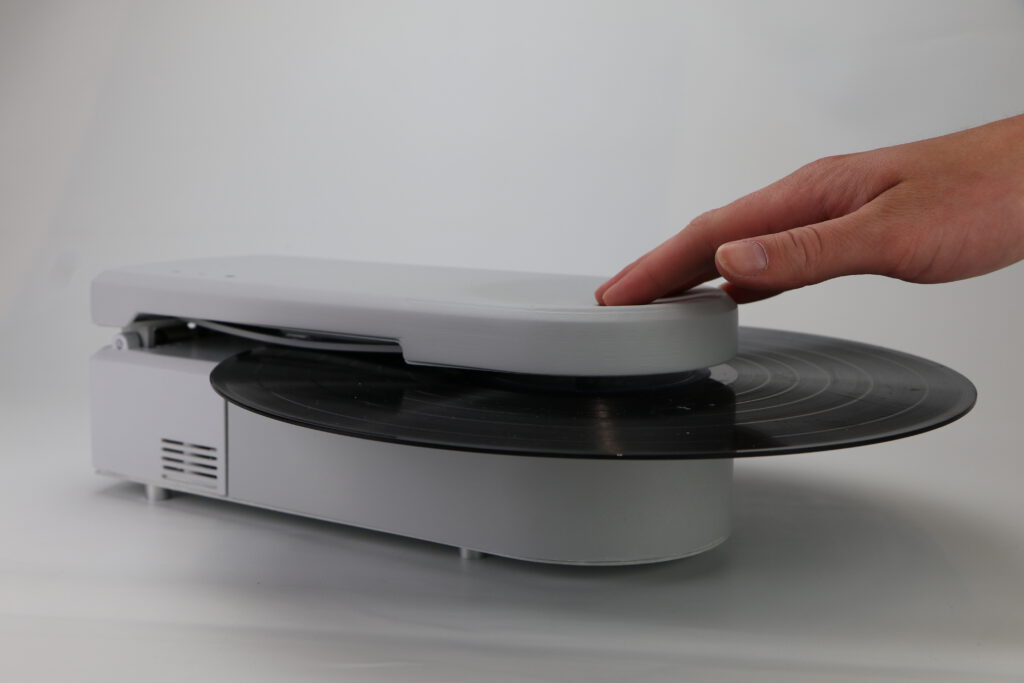
Okki Nokki
Vinyl record washing machine

'Basic formgiving skills'
Exploration
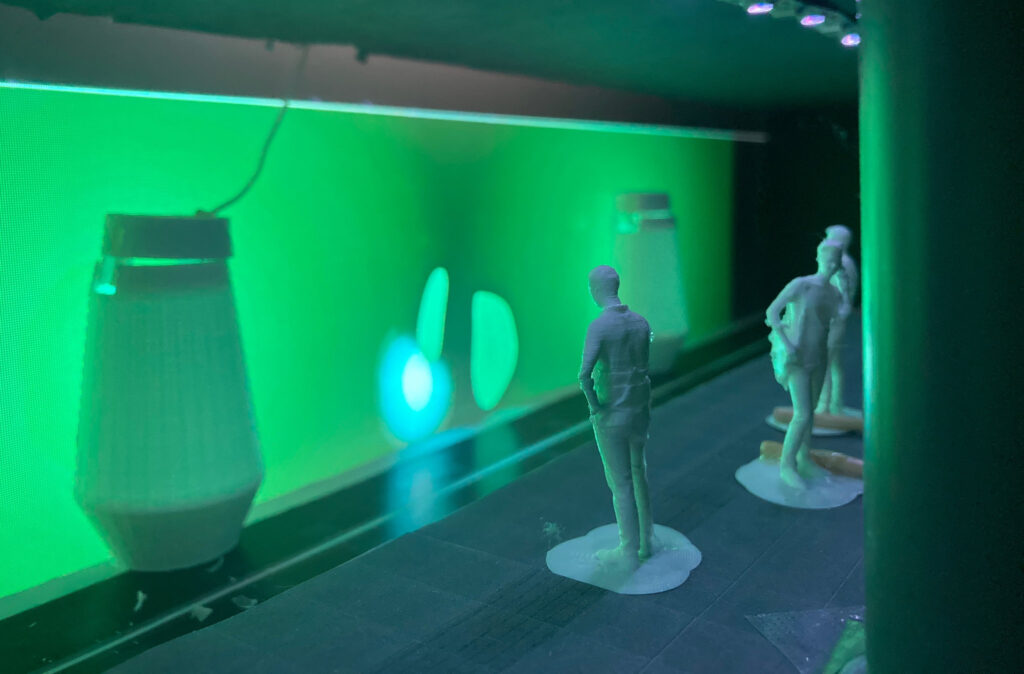
Lighting Design
Exploration
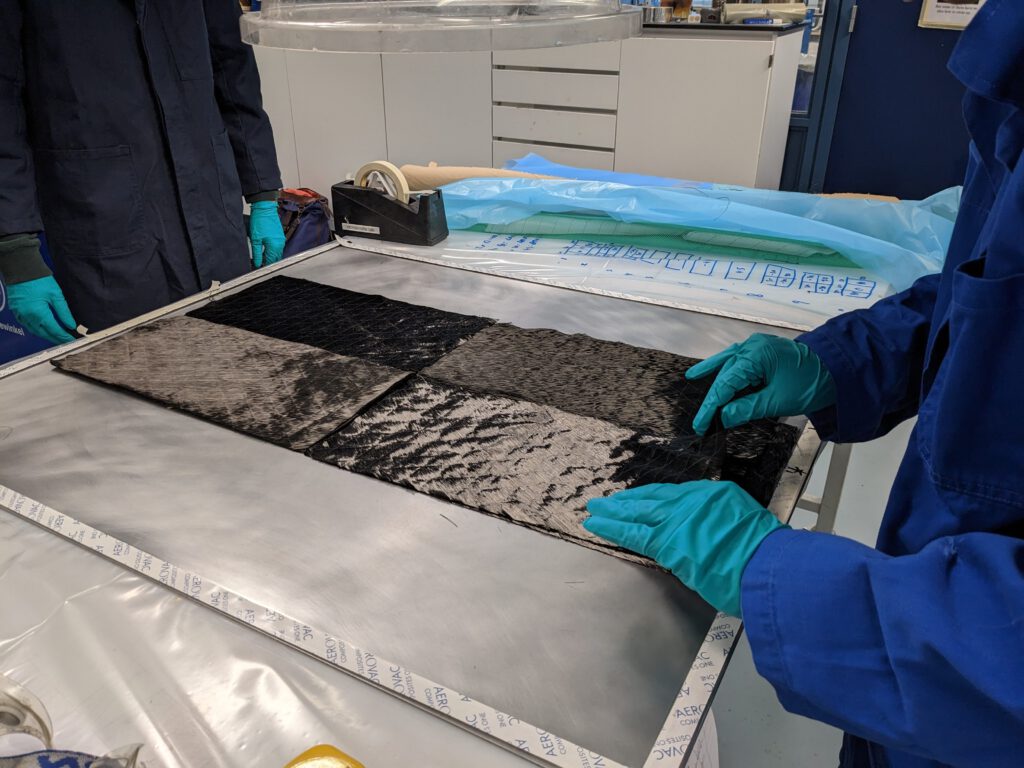
Composite Design
Exploration
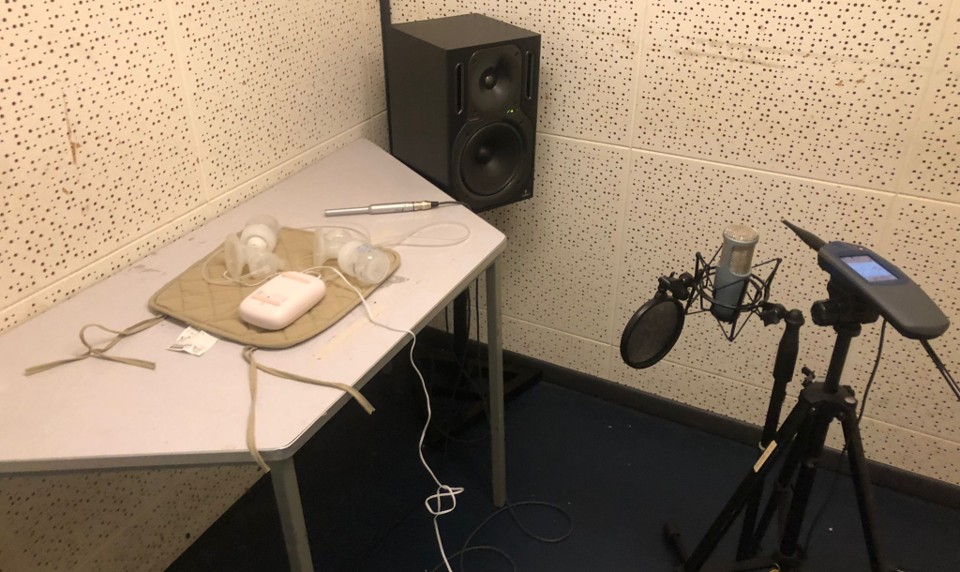
Sound Design
Exploration
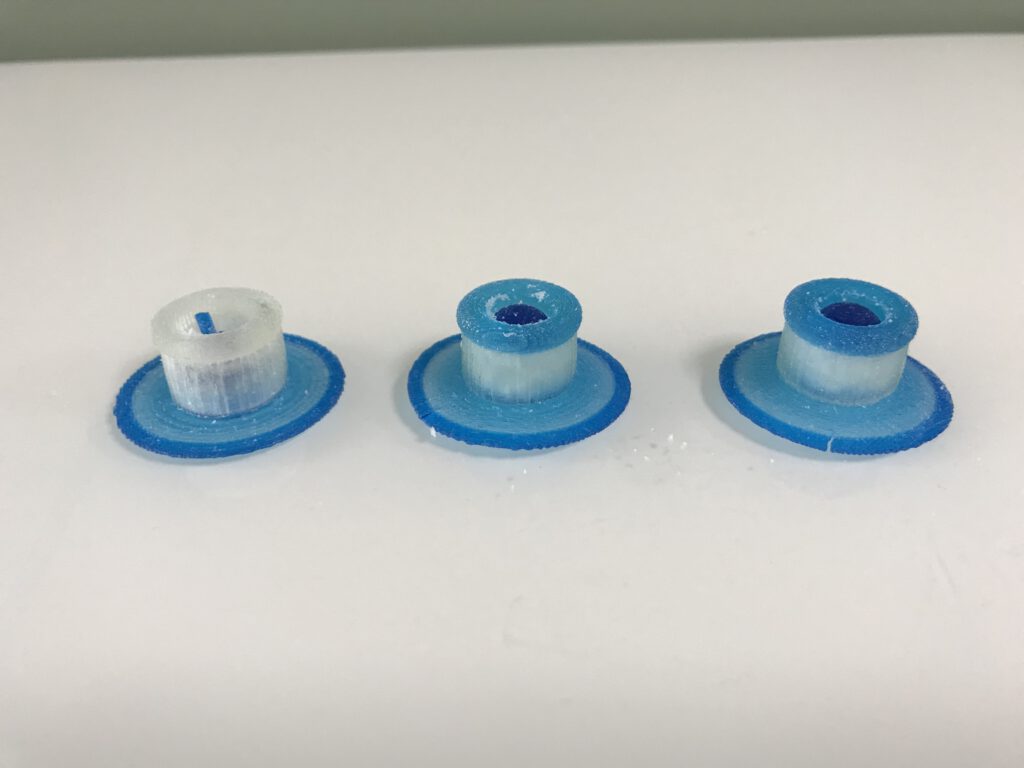
Digital Materials
Exploration
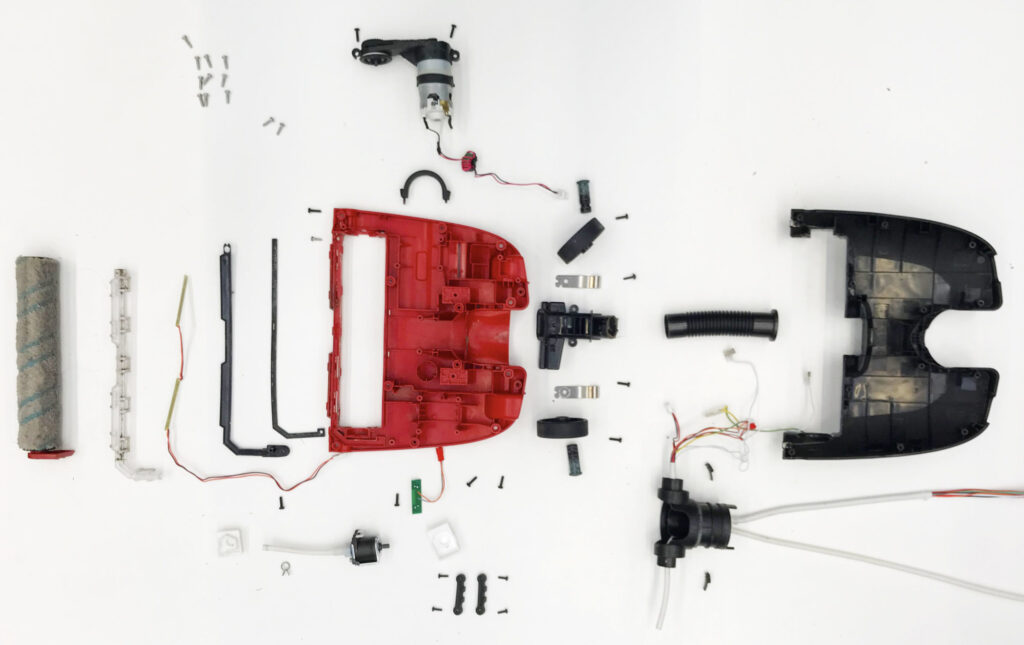
Design for Repair
Exploration
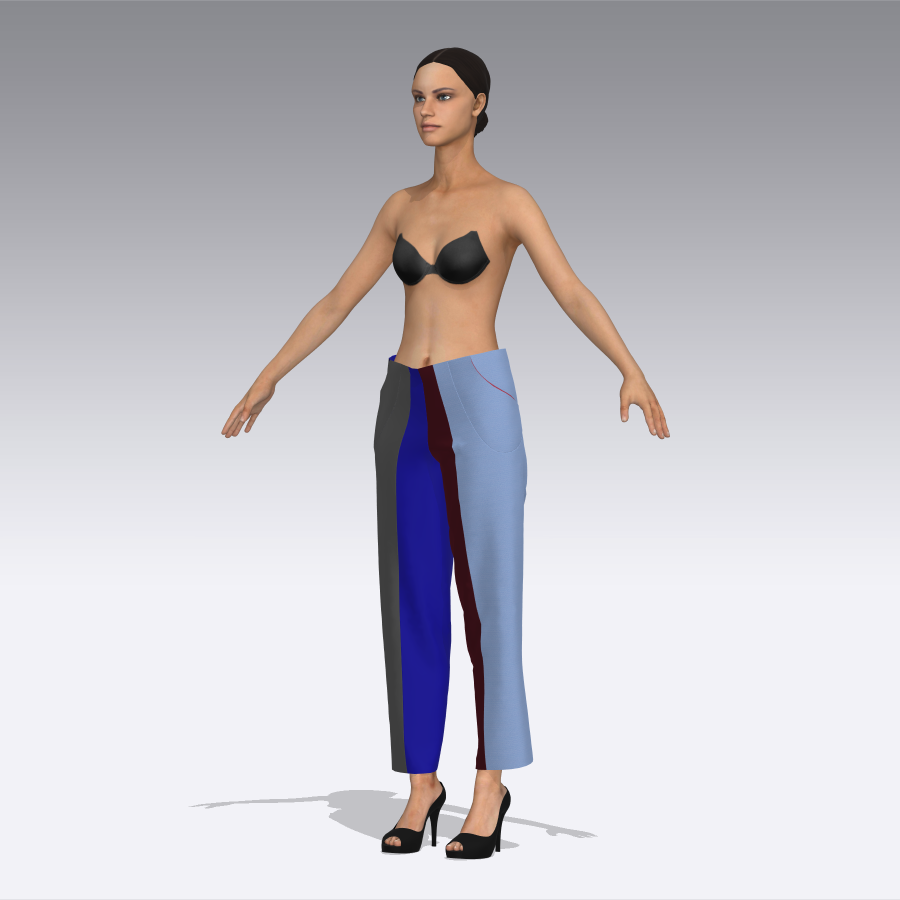
Textile Design
Exploration
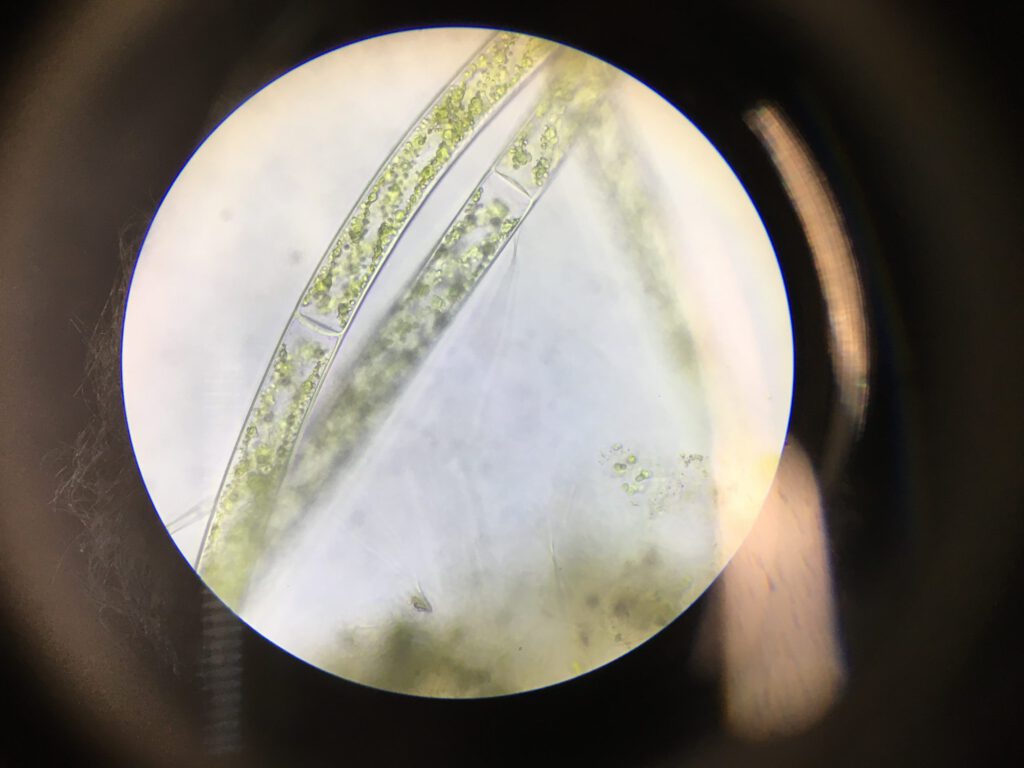
Bio Design
Exploration
Original